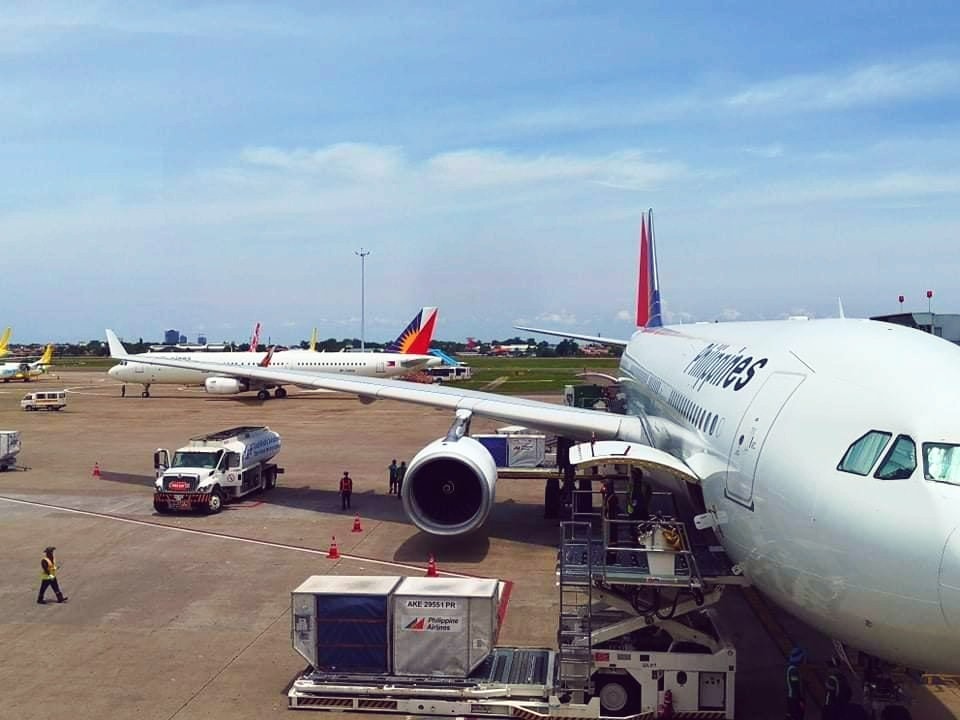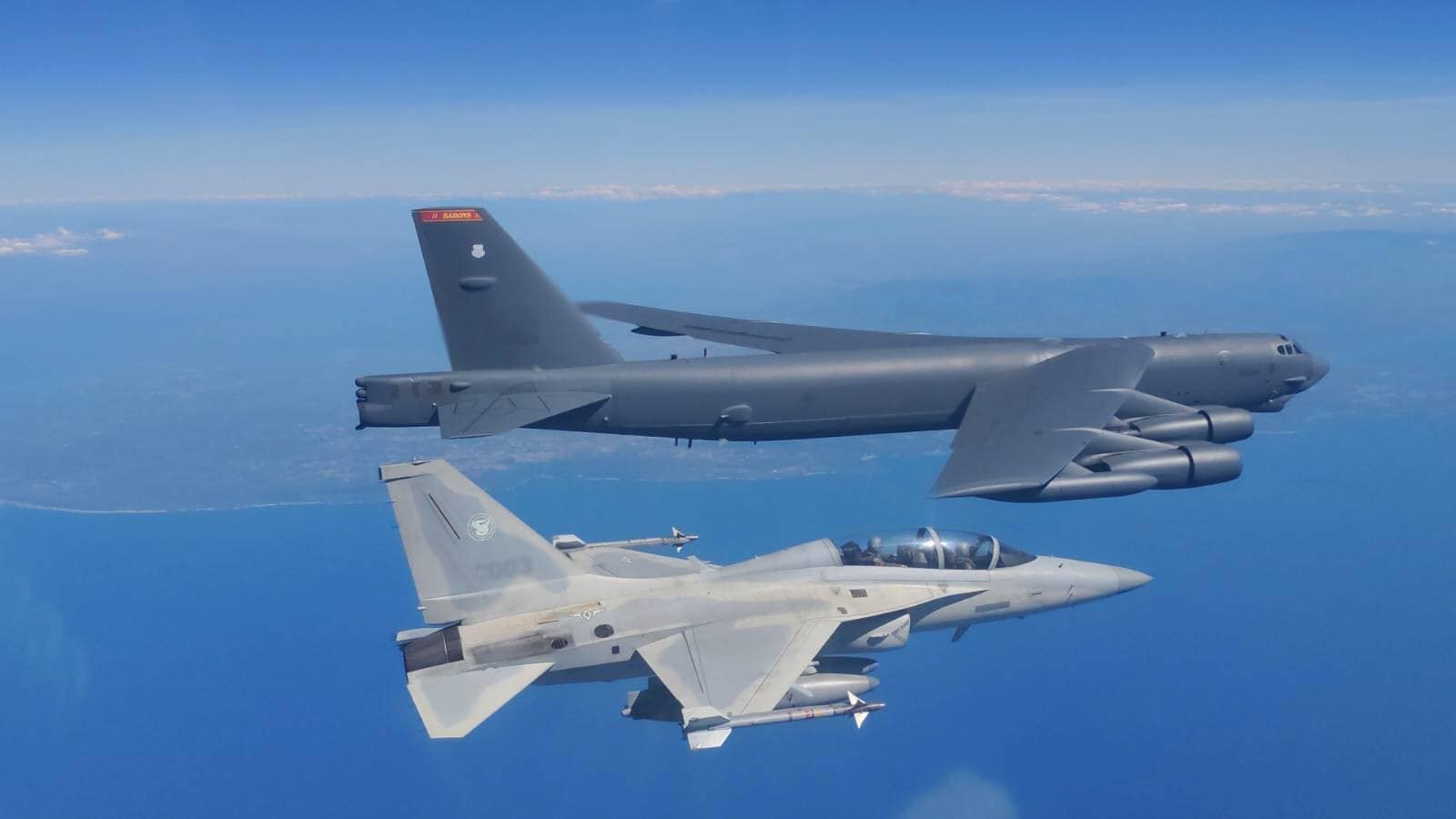It was 6:10 in the morning of February 24, 1986 – the third day of what would later be known as the EDSA People Power Revolution. At that moment, Colonel Antonio Sotelo, commander of the Philippine Air Force’s 15th Strike Wing, made a decision that would change the course of Philippine history.
Instead of following orders to attack Camp Crame where rebel forces led by Defense Secretary Juan Ponce Enrile and Constabulary Chief Lt. Gen. Fidel V. Ramos were positioned, Sotelo and his men defected to the rebel side. Their Sikorsky helicopter gunships, armed with air-to-ground rockets, 20-mm cannons, and M-60 caliber machine guns, landed at Camp Crame’s playground, declaring their allegiance to the Enrile-Ramos forces.
According to the Philippine News Agency’s account, “All were jubilant and many cried – apparently tears of joy when they saw Sotelo, smiling and waving to the crowd as he stepped out from the helicopter.” The defection brought with it five helicopters, including UH-1H Huey helicopters, and some T-28 “Tora-Tora” planes.
Behind the defection
The decision to defect wasn’t made lightly. In a post-revolution interview with Veritas Newsmagazine, Sotelo revealed that on February 22, he received a call from an aide of Defense Minister Enrile asking for his help in their stand against President Ferdinand Marcos. That evening, Sotelo called his squadron commanders to his quarters but didn’t immediately reveal his intentions.
“I made up my mind then that if someone would arrest me at home, we would fight to the finish. It was better to die this way rather than by a firing squad,” Sotelo explained in the interview.
The next day, when he received orders to disable the helicopters at Camp Crame and asked for volunteers, no one raised a hand. “I knew then that we were together. At this point, I revealed my plan to fight on the side of Minister Enrile and General Ramos,” he said.
The morning of the defection
By 5:15 AM on February 24, all pilots were in the briefing room. When Sotelo asked if anybody wanted to back out of the planned defection, nobody did. Using a cover story of reporting to the Army’s G-3, the 15th Strike Wing aircraft took off from Villamor Air Base.
“We circled Camp Crame once and on the second turn, my pilot dropped the wheels, slowed down and proceeded to land. At 6:10 or thereabouts, all aircraft landed: five gunships, two rescue Sikorsky and one utility Bo-105. Pandemonium broke loose,” Sotelo recounted.
The Philippine Air Force History page notes that the 15th Strike Wing’s bravery “dictated a bloodless revolution at EDSA which not only ushered in a new order led by a woman president, but also earned the respect of the global community for the country.”
The turning point
The defection of the 15th Strike Wing is considered to be the decisive turning point of the People Power Revolution. With control of significant air assets shifting to the rebel side, the balance of firepower tilted dramatically. Before the day ended, virtually all military units of consequence had defected from the Marcos government.
As columnist Efren L. Danao wrote in The Manila Times: “The defection of the 15th Strike Wing was the turning point of EDSA 1. A measured attack by Sotelo’s men on Malacañang and their disabling of gunships in Villamor manned by loyalist pilots gave the rebels the complete upper hand. Their morale went sky high while that of the loyalists bottomed out.”
On landing, Sotelo simply stated: “We followed our conscience. I think I have not really done much in my life. For once, I wanted to make a decision for my country.”
Following the defection, two PAF F-5 fighter planes thundered overhead at EDSA where millions of people had gathered. Shortly thereafter, President Marcos and his family fled Malacañang Palace and were flown by a US aircraft to Hawaii, as Corazon Aquino was sworn in as the new President of the Philippines.
Despite the critical role played by the 15th Strike Wing, Sotelo has often been described as “the unhonored, unsung EDSA hero.” As Danao wrote in 2013, “in most commemoration of EDSA 1, Sotelo is rarely given a place of honor. Worse, his name is seldom mentioned.”
The legacy of EDSA
For the Philippine Air Force, particularly the 15th Strike Wing, the events of February 1986 remain a defining moment in its institutional history. The courage displayed by Colonel Sotelo and his men exemplified the difficult choices military personnel sometimes face when duty to country and conscience conflicts with the chain of command.
As the nation commemorates the 39th anniversary of the People Power Revolution, we are reminded of the extraordinary courage of millions of ordinary Filipinos who peacefully took to the streets to reclaim their democracy.
























Leave a comment